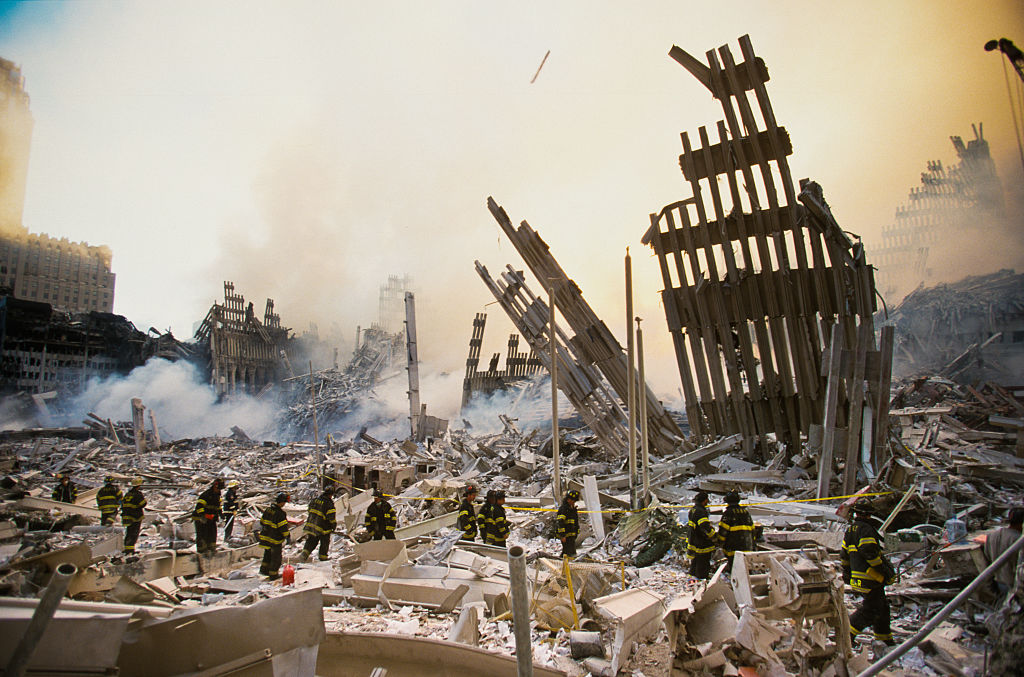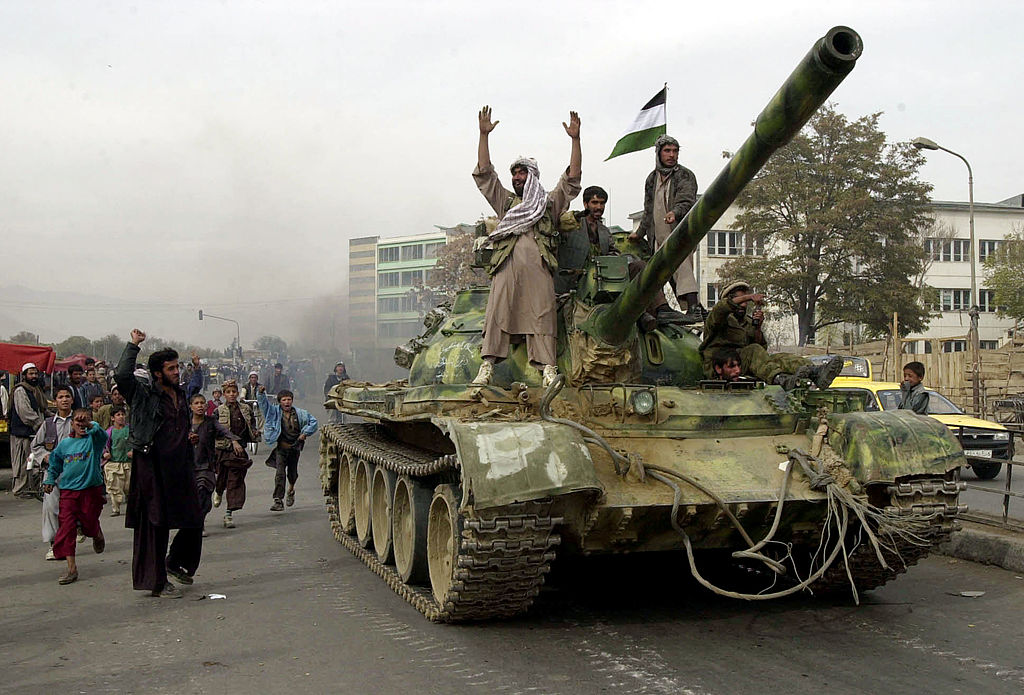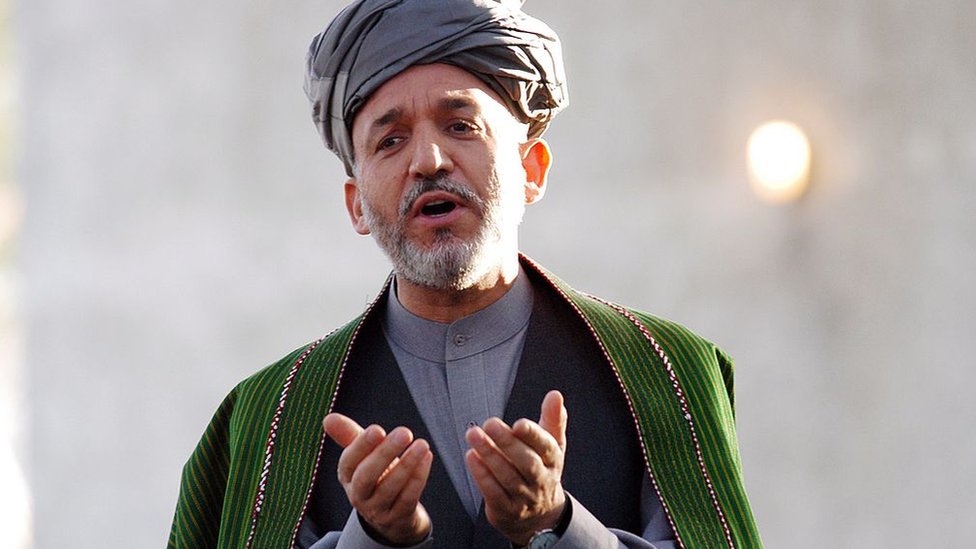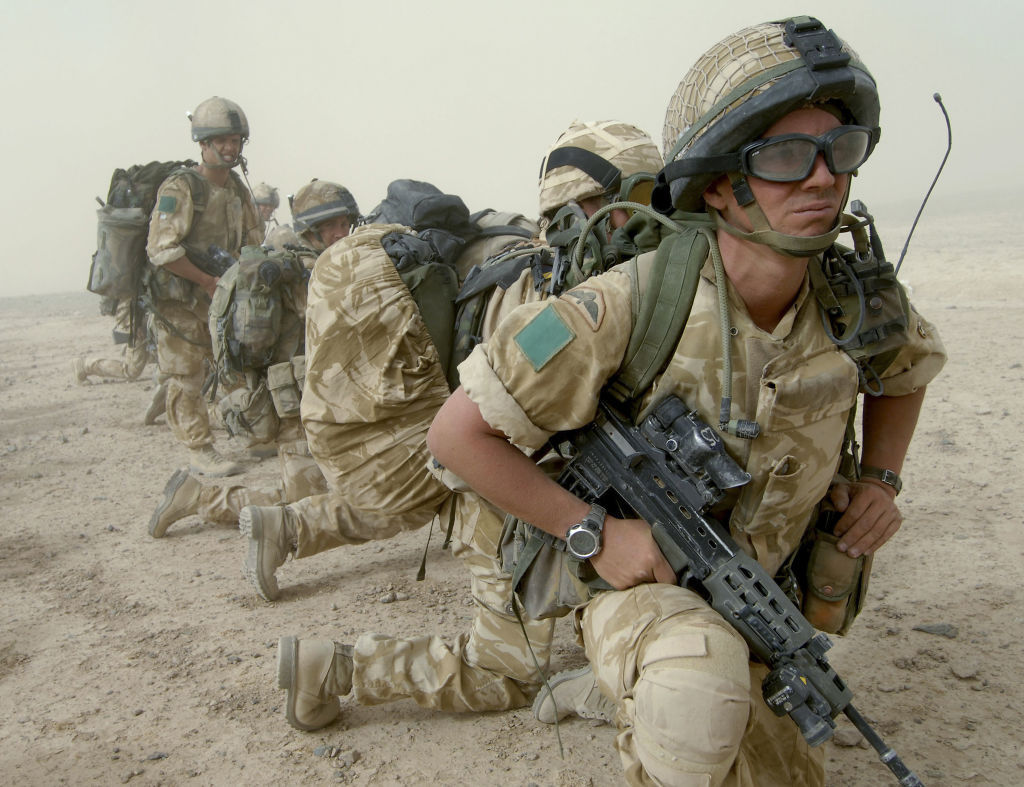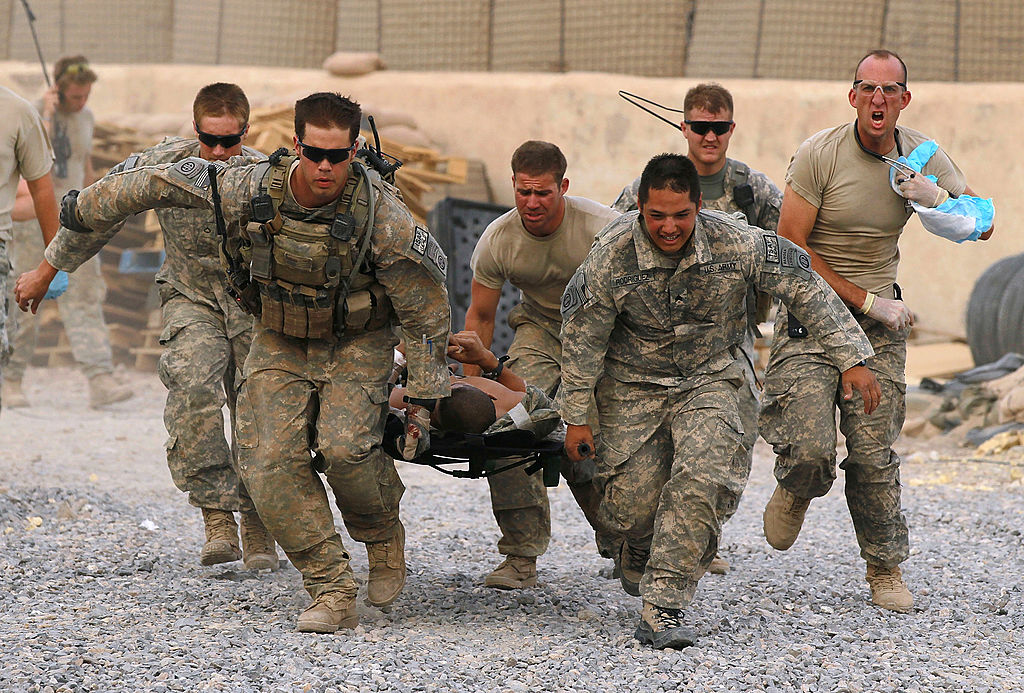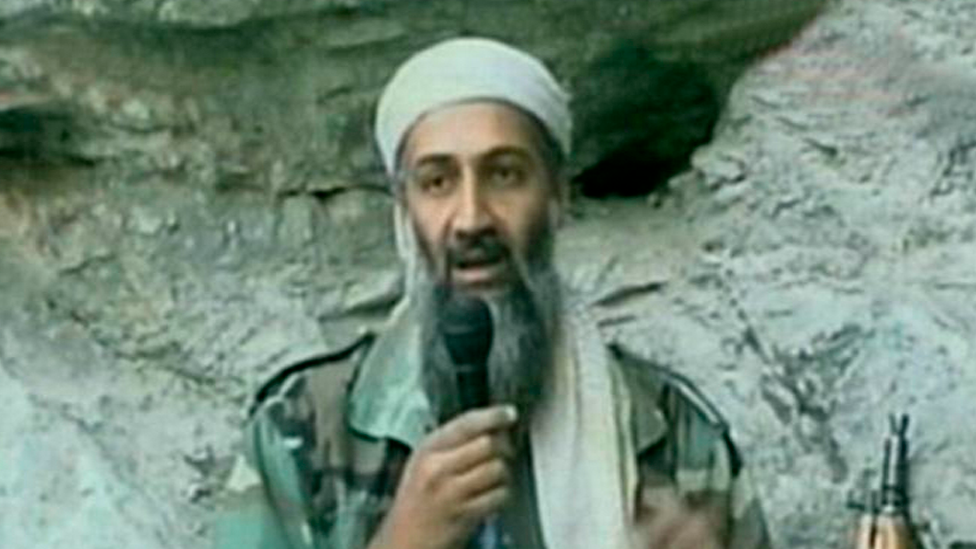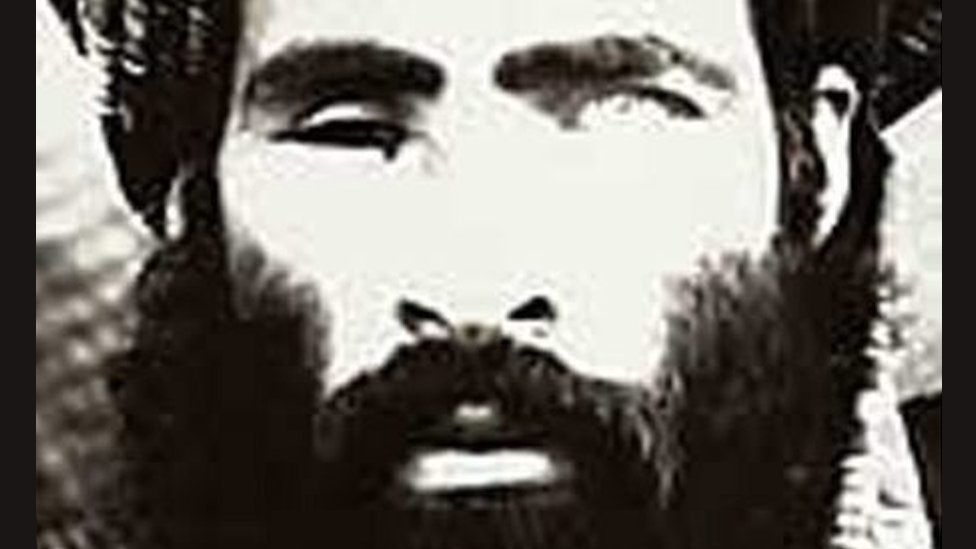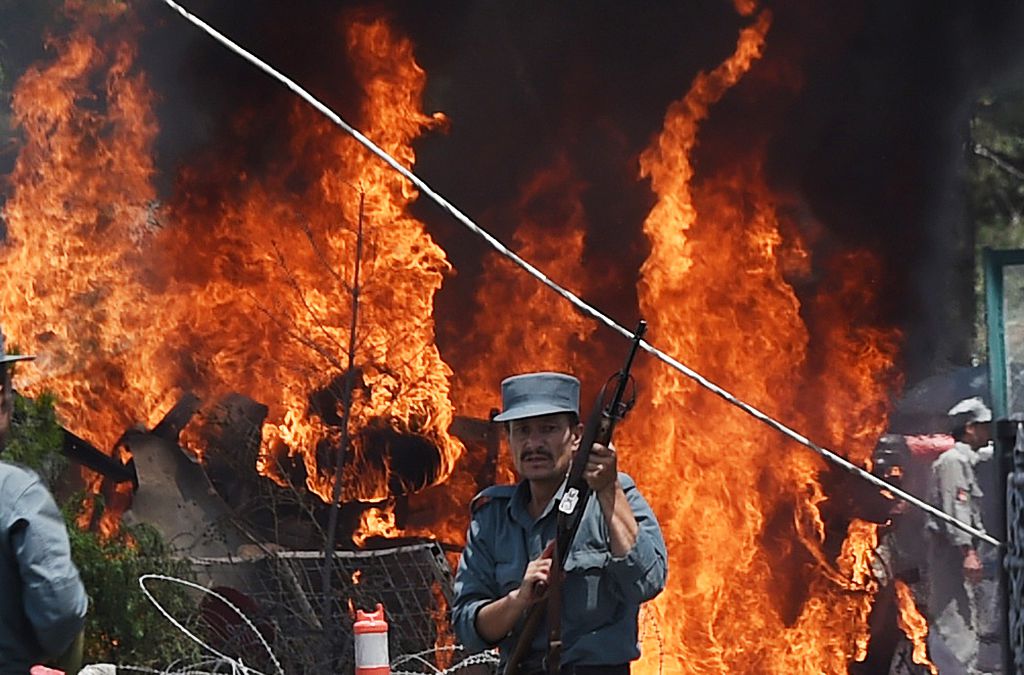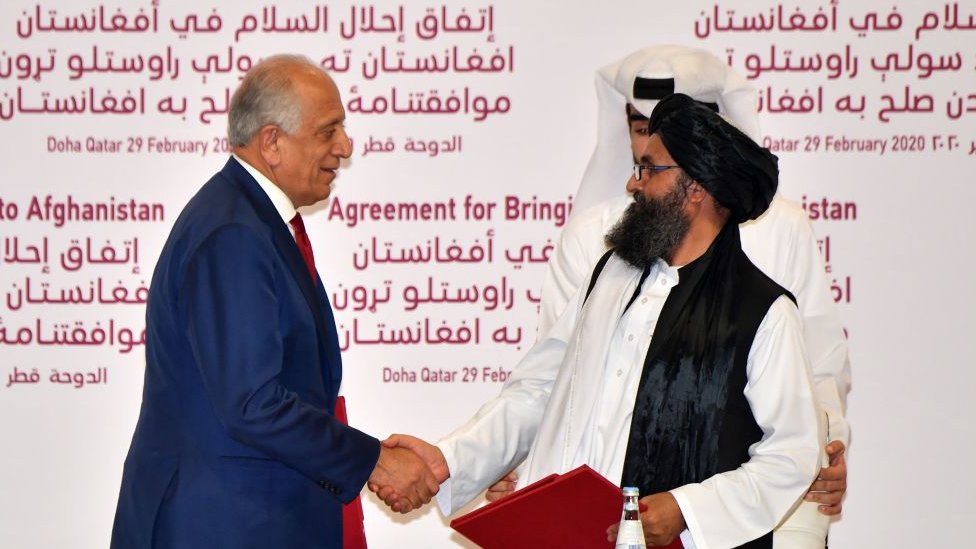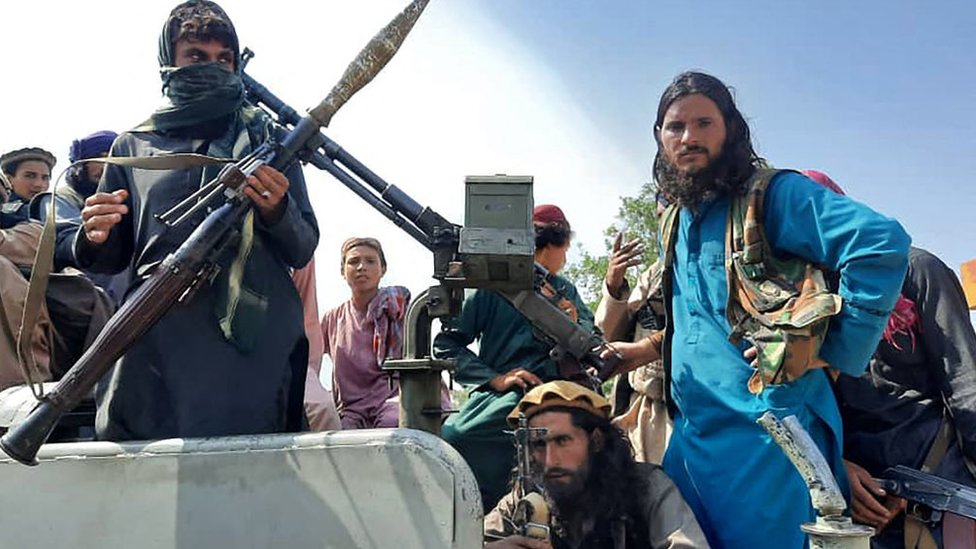Biden defends decision to end Afghan military operation
- Published
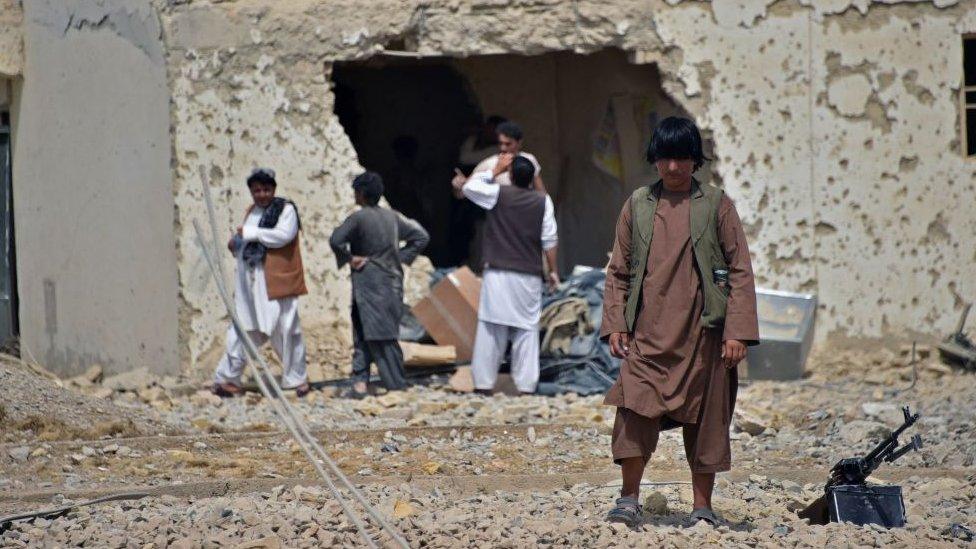
US President Joe Biden has defended his decision to withdraw military forces from Afghanistan, saying that US operations will end on 31 August.
The fourth US president to oversee the war also defended the speed of the US withdrawal, saying it saved lives.
Mr Biden's speech comes as the Taliban militant group continues to seize territory around the country.
US forces have fought in Afghanistan for nearly 20 years, following the terror attacks of 11 September 2001.
Earlier this year, Mr Biden set a 11 September 2021 goal of withdrawing all US troops.
Donald Trump had agreed with the Taliban to pull out US troops by May 2021, but that deadline was pushed back by Mr Biden after he took office in January.
Biden: 'We did not go to Afghanistan to nation build'
"Just one more year of fighting in Afghanistan is not a solution," Mr Biden said in a White House speech, "but a recipe for fighting there indefinitely."
He also denied that a Taliban takeover is "inevitable," saying that the Taliban force of approximately 75,000 fighters is no match for the 300,000 Afghan security forces.
Even after the total pull out is complete, the US is expected to keep 650 to 1,000 troops in Afghanistan to guard the US embassy, Kabul airport, and other key government installations.
Recent polls have shown broad US support for leaving Afghanistan, with Republican voters more sceptical of the decision to withdraw.
Mr Biden also said that efforts are being made to get translators, interpreters and other Afghans that worked with the US government out of the country. He said 2,500 special immigrant visas have been issued to allow them to come to the United States, but only half have come so far.

Senator Biden and Vice-President Biden believed the US should get out of Afghanistan. Now President Biden is Commander-in-Chief.
He was at pains to say support for Afghanistan wouldn't stop, but even more adamant that both Afghan politicians and security forces had the capacity to prevent a Taliban takeover. "Will they do it?" he asked.
That's what Afghans have asked - repeatedly - in the midst of continuing disarray and disunity in Kabul, and the dramatic Taliban advance in the districts.
The president's emphasis on speaking out for women and girls isn't heard in districts already under Taliban control where they're not going to school.
As a president who's known to study all the scenarios, he made it clear "it's highly unlikely" there will be a unified government, and not much the US could do, or should do, if Kabul collapses. That's up to Afghans - and the countries next door.

Last month, Mr Biden assured Afghan leaders at a White House meeting that US aid will continue.
The vast majority of remaining foreign forces in Afghanistan have left ahead of the US 11 September deadline, leaving the Afghan military completely in charge of national security.
President Ashraf Ghani insists that Afghan security forces are fully capable of keeping insurgents at bay, but there have been reports of thousands of Afghan troops seeking refuge in other countries to avoid the fighting.
Earlier in the week, Taliban spokesman Suhail Shaheen told the BBC that the group was not responsible for the recent increase in violence. He insisted that many districts had fallen to the Taliban through mediation after Afghan soldiers refused to fight.
US-led forces ousted the Taliban from power in Afghanistan in 2001. The group had been harbouring Osama Bin Laden and other al-Qaeda figures linked to the 9/11 attacks in the US that triggered the invasion. However, it has gradually been regaining territory in recent years.

- Published6 July 2021
- Published6 July 2021
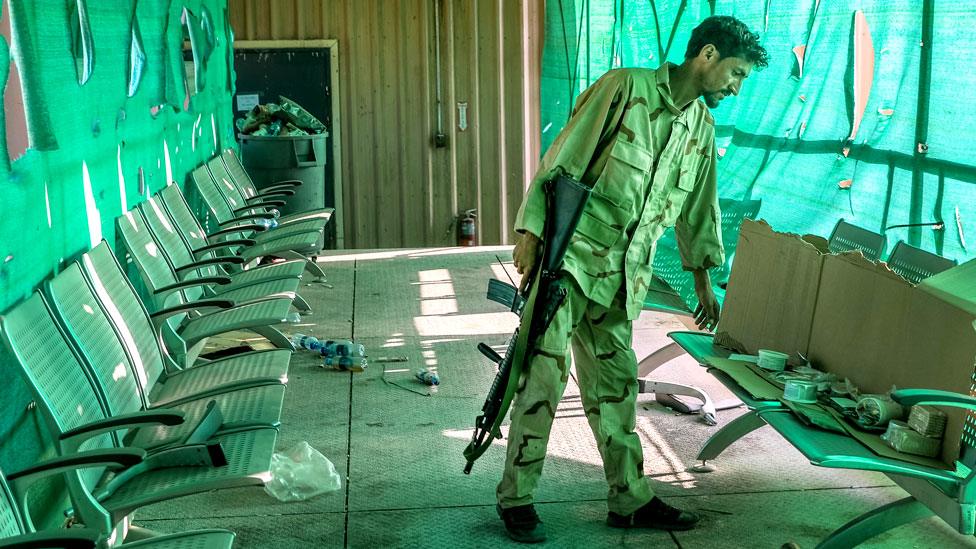
- Published8 July 2021

